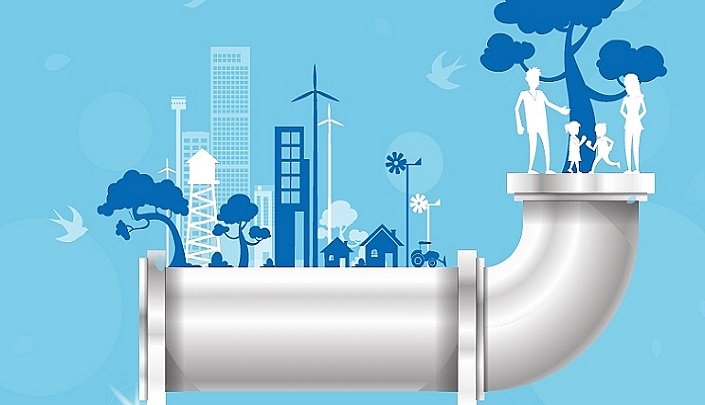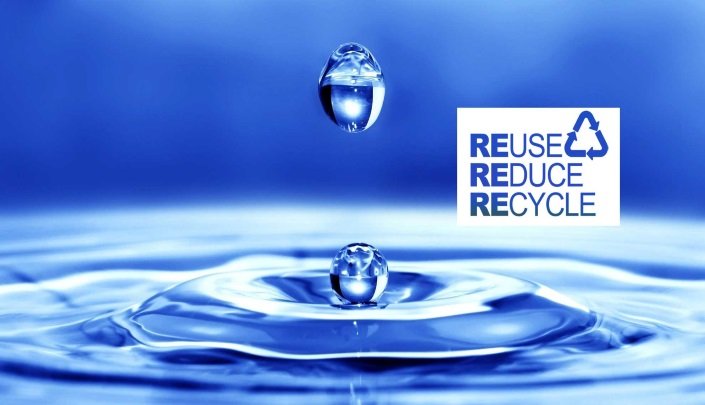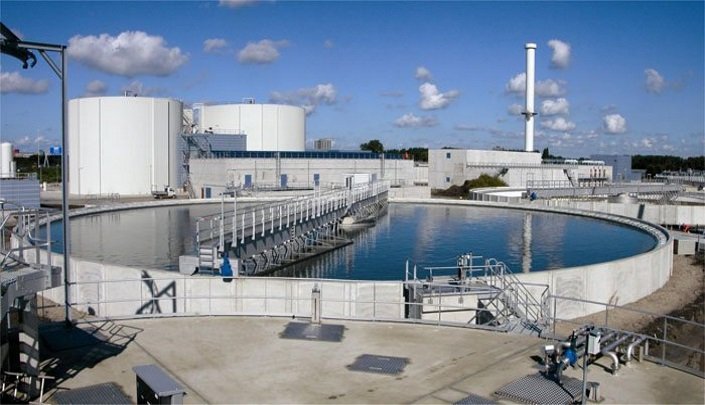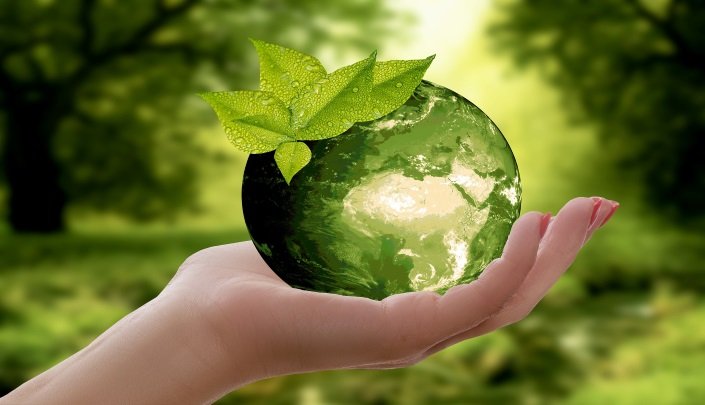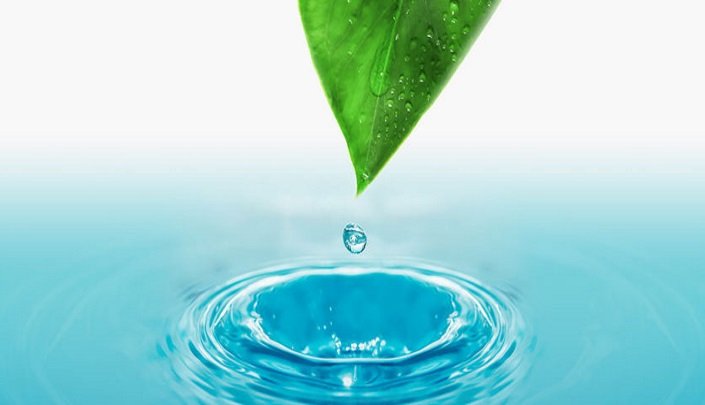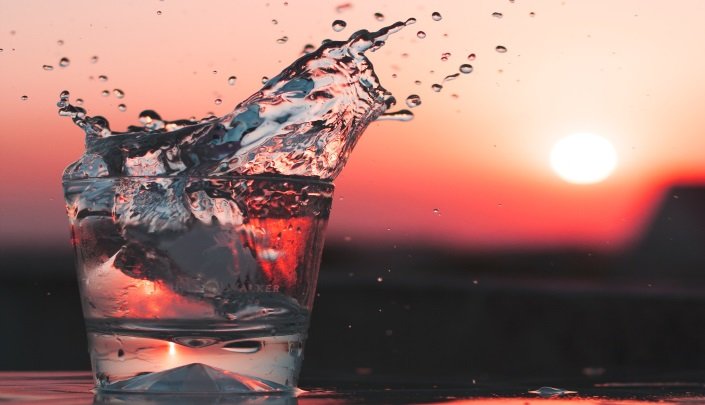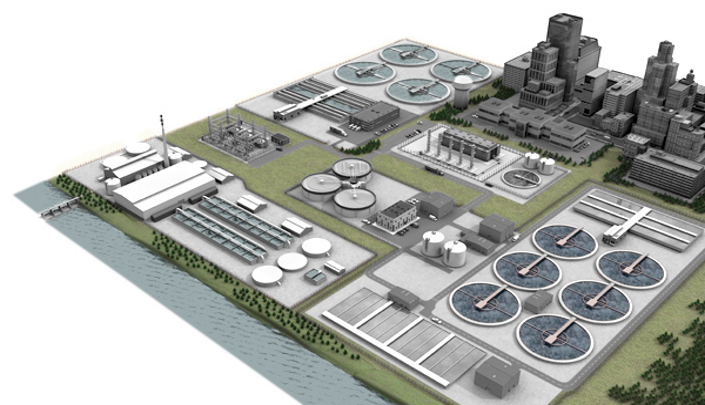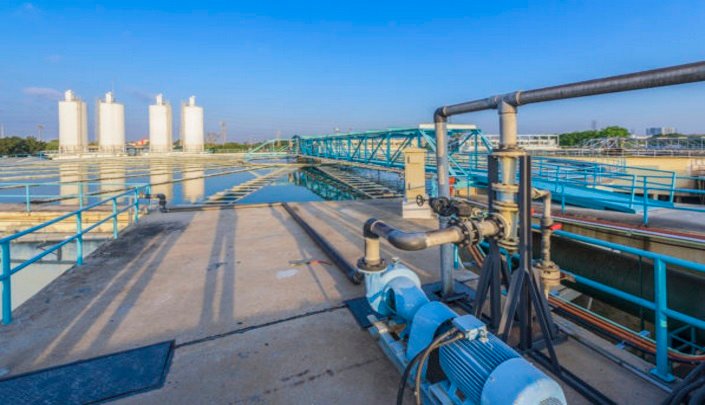

Recycling and reuse of purified wastewater are a significant part of the sanitation cycle and critical in an environment such as urban India with reducing freshwater accessibility and increasing costs for delivering standard quality of water, often from far distance. This report has been developed as a probable advise document for the Indian government and offers sizeable attention to the financial and economic benefits of wastewater recycling from the facet of public expenditure. The report presents possible schemes for city and state planners and policymakers in view of the sanitation situation and the role of wastewater recycling in the larger cities in India (class I and II cities and towns with populations above 50,000), and concentrates on recycling at the end of sewerage systems after treatment at sewage treatment plants.
The water scarcity threat is highly serious and could get more serious in the recent years. By 2050, for example, it is roughly guessed that demand would go up to 1,180 million cubic metres, 1.65 times the present levels, a condition that can go worse by quick reduction in fresh water resources.
The reason lies in why desalination — removing salt from seawater to make fresh water — is growing contagious to the desire of administrators. Two of India’s most industrialized states, Tamil Nadu and Gujarat, are the keenest among the lot. A severely water lacking Tamil Nadu, is already operating one desalination plant, is also working hard to finish a second plant and planning for the third. Gujarat is also said to have desalination plans.
“The industrial sector’s favor towards desalination is estimated to rise with the rising demand for processed water. Many of the coastal municipalities are also keenly looking to invest in desalination,” says consultancy Frost & Sullivan’s environment technologies expert Sasidhar Chidanamarri. India, along with the US and China, is seen donating quite a bit to a global increase of desalination capacity between 2010 and 2025, says Frost & Sullivan. Of course, the leading player to contribute would be West Asia, which would by then account for half the world potential.

